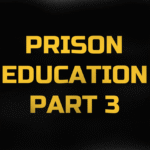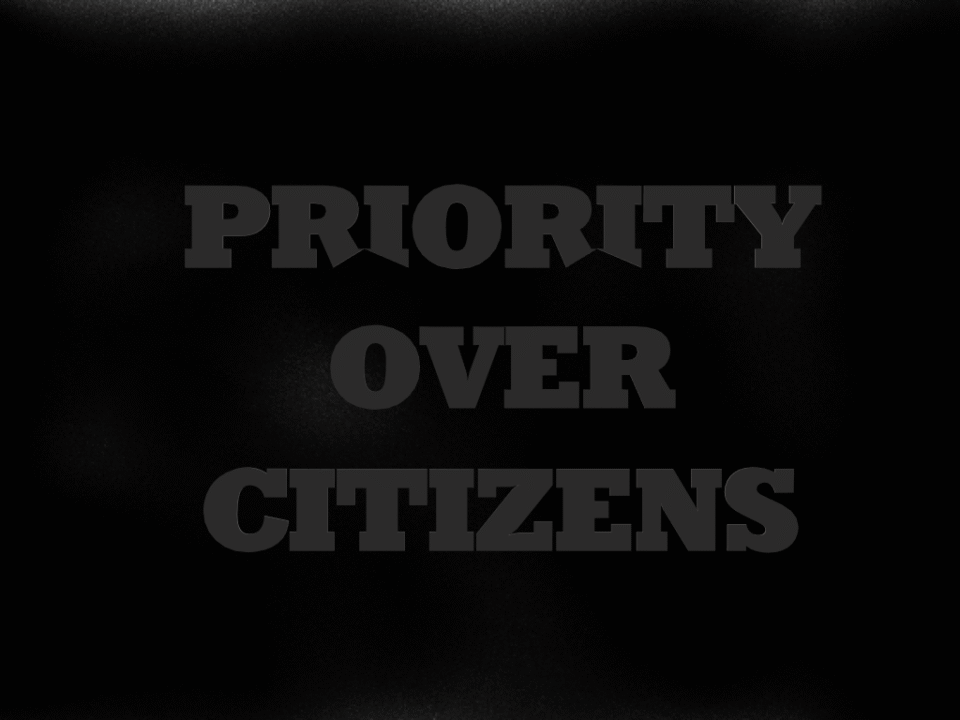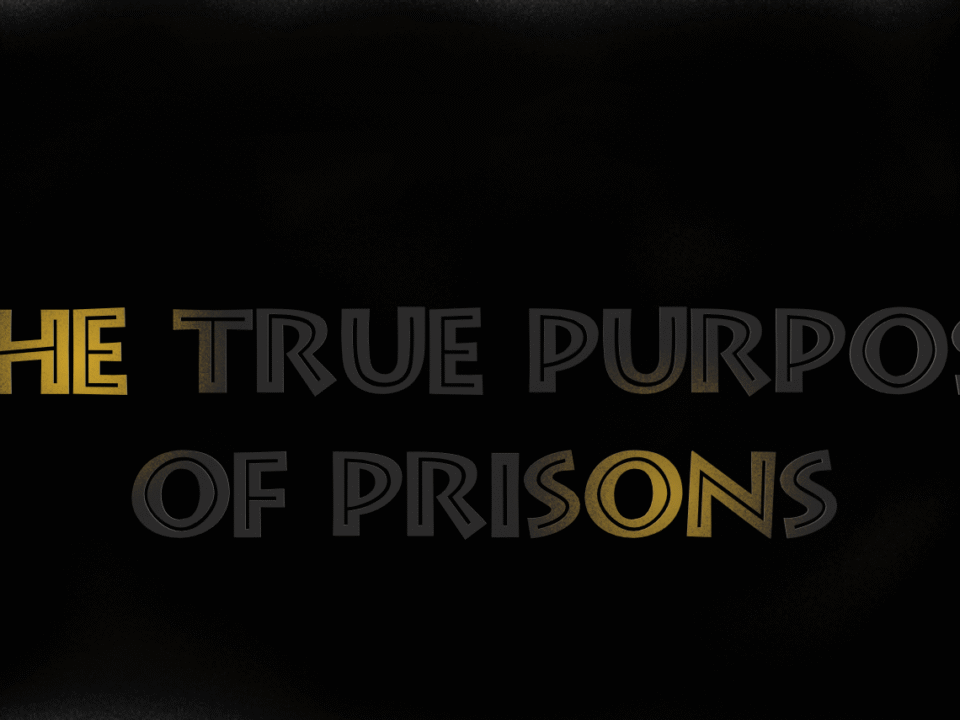
Prison Education part 3
July 12, 2025
Biographica
July 13, 2025POLICING THE JUSTICE SYSTEM POLICE
THE LAW CORRUPTION THE STATE
Policing for Whom?
This article presents an analysis of recent evidence emerging from the building industry about British state tolerance, and encouragement, of an illegal ‘blacklist’ of workers in the industry. As part of this process, the article argues that the form of policing/regulation that is observable in the case of the blacklisted workers is one that ultimately seeks to guarantee as its primary concern, not the rule of law, but the orderly reproduction of surplus value in the building industry.
The article does not suggest that the latter purpose is all that concerns policing/regulation, but it does suggest that it is the principal effect of a combination of various policing and regulatory techniques.
To achieve orderly reproduction of surplus value, it is argued that building workers are confronted by a form of economic force which is given shape by, and ultimately underpinned by, the system of policing/regulation that at the same time, claims to protect them.
A series of recent revelations about policing in the UK have brought into public view details about covert activities that were hitherto relatively hidden or unknown. Amongst those have been the exposure of a covert Special Branch operation that has infiltrated campaign groups since the late 1960s – the Special Demonstration Squad (Evans and Lewis 2013.
Gilmore and Tufail 2013) – and the Edward Snowden case, which revealed an almost unfathomable scale of covert electronic surveillance conducted by the British state on its citizens (Harding 2014). In both cases, the covert practices used by police and security intelligence are unambiguously illegal.
Debates on those cases have largely been concerned with the rights and wrongs of undercover work. Clearly, given the levels of exploitation and deception that those operations involved, and the human rights abuses that they entailed, such debates are important.
Police Duty
Moreover, the individuals within the police and the security services who committed those abuses, as well as those who gave the orders, need to be held to account. However, there are much bigger issues at stake here. A debate on what those cases tell us about the fundamental character and function of policing and surveillance in this country is still to be opened. We have yet to begin the process of understanding who is being watched and why.
Of relevance in terms of getting close to the ‘why’ question is evidence that trade union activists appear to be under close watch. Anyone who has a rudimentary knowledge of labour history in Britain will not be surprised that some trade unionists have been under surveillance.
However, what has been surprising for some is that there is evidence of a very close level of collusion between the police and private corporations in covert operations. Some of this evidence revolves around a ‘blacklist’ of construction workers that has been illegally operated since 1993 by 44 of the major building firms in Britain (Ewing 2009).
In this case, as this article will show, there is emerging evidence of police support for an illegal blacklisting operation in the construction industry. Moreover, many of those who were placed on the blacklist were placed there for merely seeking to uphold the law that protected them from injury and death at work. In other words, a set of illegal state practices effectively stood in the way of workers’ ability to resort to action broadly aimed at upholding basic workplace safety laws.
The article begins by outlining more precisely how we can understand the role of policing and regulatory agencies as bound up in the resolution of social struggles. It argues that the function and practice of policing is shaped by its primary, and relatively hidden, role of ensuring the orderly reproduction of the social order.
It then describes the extent to which police and regulators have been actively complicit in, or have failed to intervene in, the maintenance of an illegal blacklist of building workers that has sought to exclude 3,000 workers from the industry, casually labelled as ‘troublemakers.
Regulation and the Social Order
Criminologists who are interested in state power normally focus their attention upon the formal capacities of state agencies. The formal role of the police is to prevent and respond to a narrowly defined set of ‘crimes’; institutions such as the courts, prisons and probation formally have related roles in responding to the problem of crime.
In studies of corporate deviance, which is the subject of inquiry of this article, this formal approach to understanding regulation is replicated: studies typically focus upon the role of regulators, or on the conditions which undermine the prospects for control. Although both criminal justice institutions and regulatory agencies are driven by formal goals that ostensibly aim to guarantee public protection, this does not mean that they are able to ‘police’ in comparable ways.
Regulatory agencies, such as those dedicated to environmental protection or workplace safety, are typically miniscule in comparison with police forces, and rates of prosecution and law enforcement are concomitant with their relative size and resources. Indeed, they have a very different relationship with the targets of their intervention.
There is a large body of research literature that shows how regulatory agencies in advanced capitalist states generally seek consensual rule compliance on the part of the parties they regulate, even where corporate offences have the most deadly and serious consequences (Tombs and Whyte 2013a).
Notwithstanding these observations, it remains the case that all forms of regulation in advanced capitalist states also, actually or potentially, involve some process of ‘policing’ or formal law enforcement.
Indeed, studies of corporate crime are generally located in the failure of this ‘policing’ responsibility that falls upon regulators, whether it is read as a failure ‘to restrain deviant business activities’ or in their unwillingness to pursue ‘aggressive regulation’ due to shared state-corporate goals (Kramer, Michalowski and Kauzlarich 2002, p.272). There can be no doubt that a lack of adequate ‘policing’ is a recurrent theme in cases of corporate offending in all capitalist states. Yet this understanding of state failure is overly narrow.
Although state institutions are generally understood to be involved in the production of corporate crimes because of their lack of intervention, one consequence of a narrow focus on the collusion or failure of state regulators is that that it obscures their broader social function (Whyte in press).
It is argued here that whilst police agencies and regulatory agencies may be analogous in a ‘crime control’ sense, they are also analogous in terms of how we can envisage the totality of their social function.
The business of regulation is much broader and deeper than the general aim of controlling business activities, or the setting of legal limits and thresholds. Governments, through various legal and social interventions, grant corporations a very specific, privileged role in the social order (Tombs and Whyte 2009; Tombs 2012).
Governments establish the juridical and administrative framework for corporations, transport and communication infrastructures, and organise diplomatic relationships with states to enhance opportunities for import, export and investment and so on; particular state institutions help to constitute capital, commodity, commercial and residential property markets help to produce different kinds of ‘human capital’, constitute labour markets and regulate the employment contract; the state plays a role in constituting economic enterprises through specifying rules of liability, often specifying the rules of incorporation that provide corporations with a legal status, personhood and so on (Tombs and Whyte 2009).
Regulation thus, creatively and positively, develops the conditions that enable corporations to exist, and to develop. It is mistaken to see the controlling (negative) aspects of regulation, and the more creative (positive) aspects as a dichotomy, or as having any kind of mutually exclusive relation: regulation always involves a simultaneous impetus to create and control. There are two points that follow here. First, there could be no stable environment, or level playing field for corporations without an institutional means of ‘control’ over, or enforcement of, this complex web of regulation.
It is the need for the predictability and regularity of the environment in which corporations operate that creates the need for regulation in both a controlling and an enabling sense. Second, historically, regulatory agencies have been necessary as a counterbalance to the system-threatening tendencies of profit-seeking corporations. The origins of the earliest social regulation designed to control corporate activity illustrate this point.
As Marx (1954) famously noted in Capital, the English factory owners in their relentless drive for profits were quite literally exhausting the labour force through relentlessly long working hours and the resultant high rates of injury and fatality. The legal protections for workers enshrined in the 19th Century Factory Acts originated in the need to resolve a contradiction inherent in capitalism. This contribution became clear as the relentless demand for greater profit threatened to exhaust the capacity for sustaining profits in the long term (Tombs and Whyte 2007).
Moreover, the conditions of the factory threatened to turn a relatively compliant labour force into a revolutionary one. The Factories Acts, and the various forms of laws and practices that enforced the Acts contributed to a slow reordering of factory labour.




